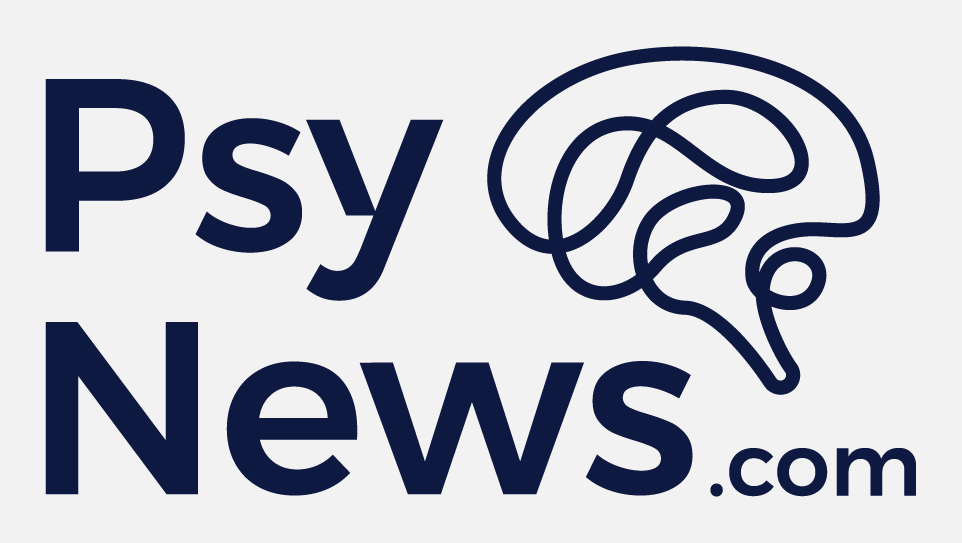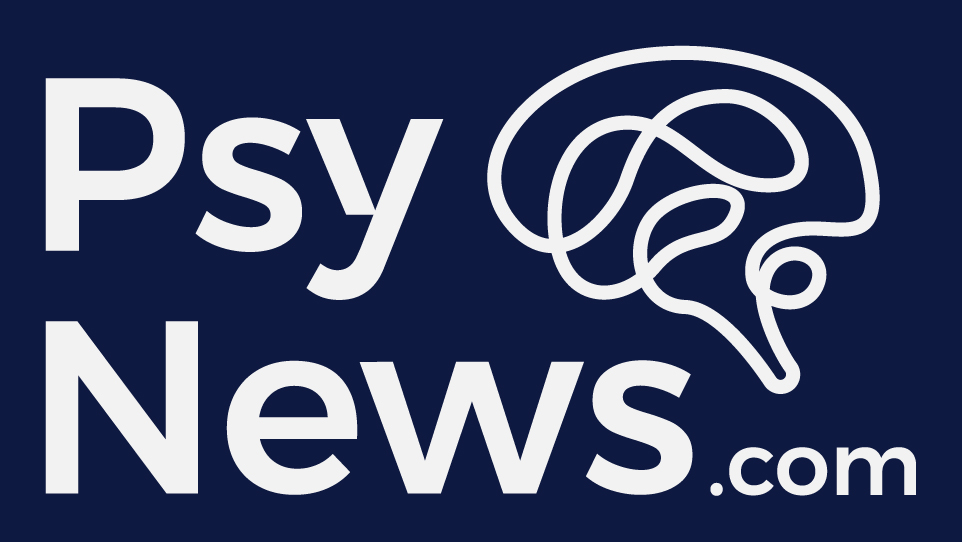By Brian Lissak
Albert Hofmann was born on January 11, 1906 in Baden, Switzerland. Before pursuing a career in chemistry, he considered studying humanities or becoming an artist. But his fascination with the human experience and interaction with the physical world led him to science. “Mystical experiences in childhood, in which Nature was altered in magical ways, had provoked questions concerning the essence of the external, material world, and chemistry was the scientific field which might afford insights into this,” he recalled in a 1996 address. As it would turn out, Hofmann synthesized insight, connectivity, and mysticism to nature in a chemical form: LSD.
Synthesization of LSD
On November 16, 1938, Hofmann was hard at work at the Sandoz Pharmaceuticals lab in Basel, Switzerland. He was seeking to create a respiratory and circulatory stimulant that would not affect the uterus. The 25th compound that Hofmann synthesized in that series was called lysergic acid diethylamide. Abbreviated as LSD-25, it sat on his laboratory shelf for the next five years, not suited for his specific research goal.
Hofmann’s First, Accidental, LSD Trip

Following an intuition that he couldn’t fully explain, Hofmann decided to reexamine LSD-25. It was April 16, 1943, when he accidentally absorbed some of the liquid through his skin. The result was the world’s first, albeit accidental, acid trip.
He described his experience: “At home I lay down and sank into a not unpleasant intoxicated-like condition, characterized by an extremely stimulated imagination. In a dreamlike state, with eyes closed (I found the daylight to be unpleasantly glaring), I perceived an uninterrupted stream of fantastic pictures, extraordinary shapes with intense, kaleidoscopic play of colors.”
These visions and sensations reminded Hofmann of the mystical and transcendent experiences he’d had as a youth. His scientific training would not let the incident rest unexplored.
Bicycle Day
Three days later, at 4:20 pm on April 19, 1943, Albert Hofmann ingested 250mg of LSD-25. The event is now commemorated as ‘Bicycle Day’ because he began feeling the effects while cycling home. He experienced similar feelings as his first trip, except this time he was expecting them—and they were stronger.
Hofmann believed he had discovered a tool that could dramatically help humanity. A firm believer in humans’ connection to nature, he recognized that people invariably seem to disconnect as they mature. He realized that LSD, used properly, could help people access a deeper, more comprehensive experience of reality.
LSD’s Early Psychiatric Trials
Psychiatrists agreed with Hofmann that LSD had a lot of potential. What exactly that potential was, well, that this was a matter of contention. Eager to discover a specific use, Sandoz Pharmaceuticals provided LSD at no charge for research purposes.
Originally, psychiatrists dubbed LSD a psychomimetic, believing it to induce symptoms of psychosis. By the mid-1950s, major medical centers in the US and Europe began conducting experiments with LSD. They hoped to temporarily induce replicas of various mental illnesses for the purpose of study and observation.
Sydney Cohen, a known psychoanalyst and one of the leading authorities on LSD at the time, expected his first trip to be unpleasant. (Medical thinking then believed it unethical to prescribe a drug that they hadn’t first experienced themselves.) However, instead of experiencing psychosis, he discovered a “majestic, sunlit, heavenly inner quietude.” Realizing that the psychomimetic paradigm was not necessarily accurate, Cohen began using LSD as an aid to psychotherapy. He and many other clinicians began successfully treating addiction and minor personality disorders. In fact, the founder of Alcoholics Anonymous, Bill Wilson, was a tremendous proponent of LSD.
Albert’s ‘Problem Child’
But, of course, LSD has as colorful a history as the ‘kaleidoscopic visions’ it induces. The 1950s also saw some nefarious use of the substance. MK-Ultra, the CIA’s top-secret experiment to use LSD as a mind-control technology, crossed about every ethical boundary possible—and did not succeed. British intelligence services also did some experimentation on unsuspecting civilians, and the eventual explosion of recreational use fueled 1960s counterculture. Though Albert Hofmann appreciated LSD’s creative and artistic applications, he was concerned by the hippies’ seemingly outlandish usage.
Hofmann believed LSD to be a powerful tool in healing—when used appropriately. He witnessed the amazing capabilities of LSD in the hands of professional therapists and scientists. And he also foresaw that research and promising clinical applications could be compromised as LSD became widespread in the counterculture. Hofmann was right—eventually outlawed, research and usage of LSD to treat mental health illnesses slowed to a trickle by the late 1960s, and ceased altogether by the late 1970s.
Between 1950-1965, research on LSD and other hallucinogens generated over 1,000 scientific papers, more than 30 books, and 6 international conferences attended by leading professionals. But this rich history faded as the counterculture became suppressed by the federal government and conservative media voices.
Hofmann’s book “LSD: My Problem Child” expresses his regret over LSD’s tumultuous history. But he still maintains LSD’s awesome healing properties. Like many twentieth century thinkers, Hofmann recognizes the problems facing the modern human. He categorizes these problems as a loss of access to the spiritual, experiential world, and a hyperfocus on the material. In a 1996 interview, Hofmann emphasized how important it is for us to “experience the beauty and deep meaning which is at the core of our relation to nature.”
Psychedelic Renaissance
Near the end of his life, Hofmann was able to witness the beginnings of the psychedelic renaissance. Dedicated researchers, scientists, and psychotherapists had already been hard at work to prove that LSD and other psychedelics were valuable healing tools. In December 2007, one year before Hofmann’s death, Swiss psychotherapist Peter Gasser received approval to study the therapeutic benefits of LSD. This was the first study of LSD-assisted psychotherapy in over 35 years.
Albert Hofmann passed away on April 29, 2008 at the age of 102. With the legalization of psychedelic-assisted psychotherapy a hopeful reality, his vision of LSD as a sacred tool lives on.
The post Spotlight on Psychedelic Pioneers: Albert Hofmann appeared first on PsyTech.




